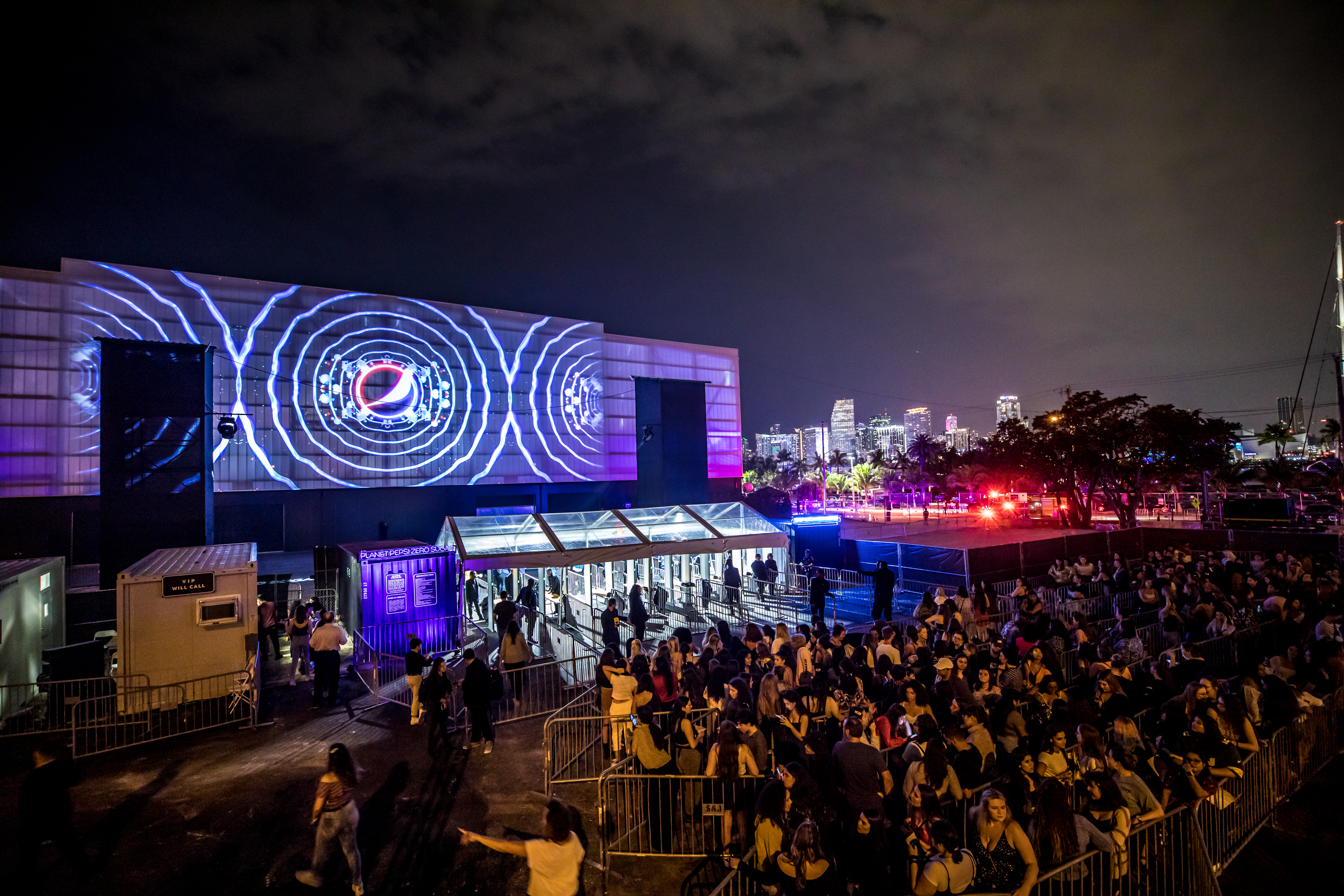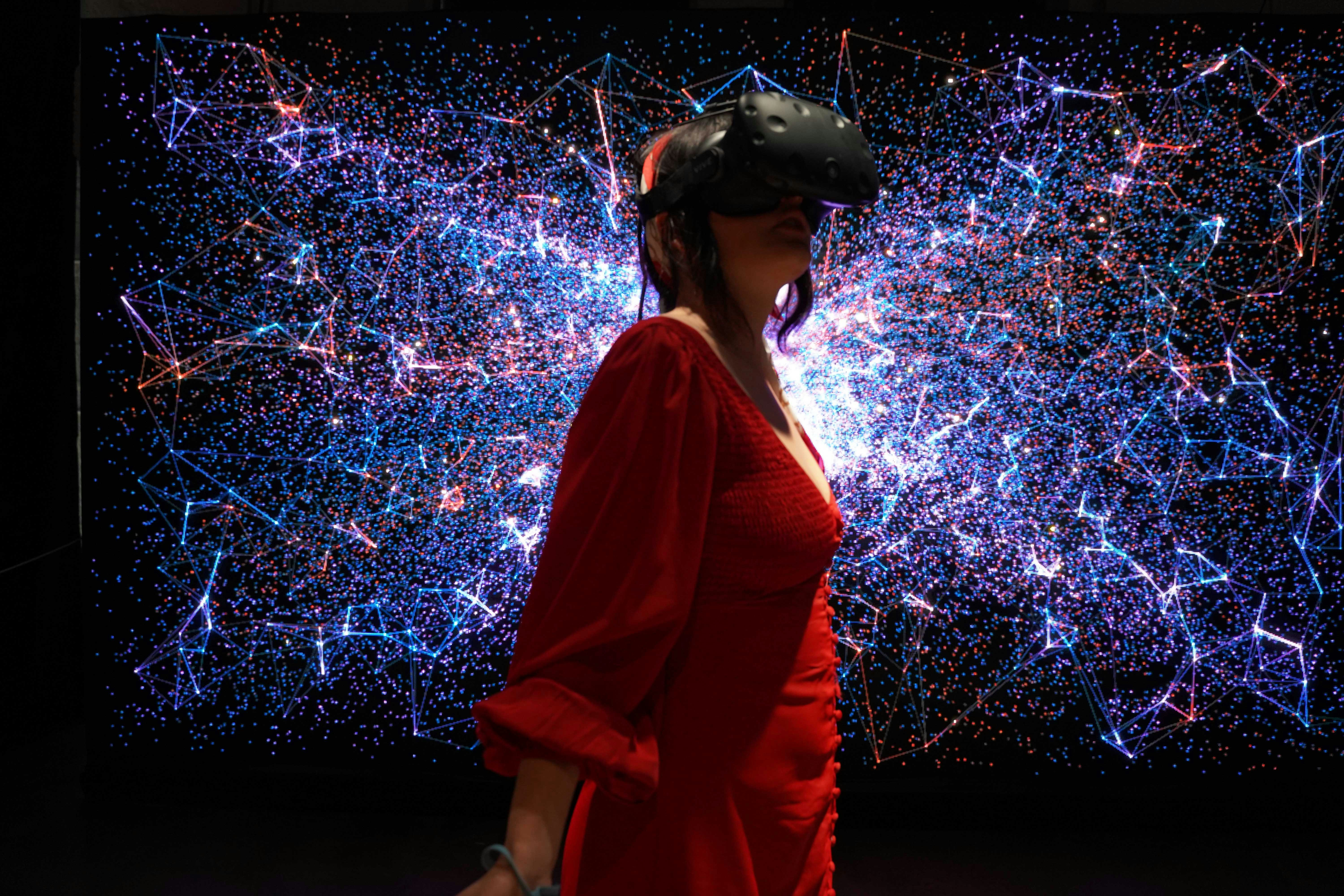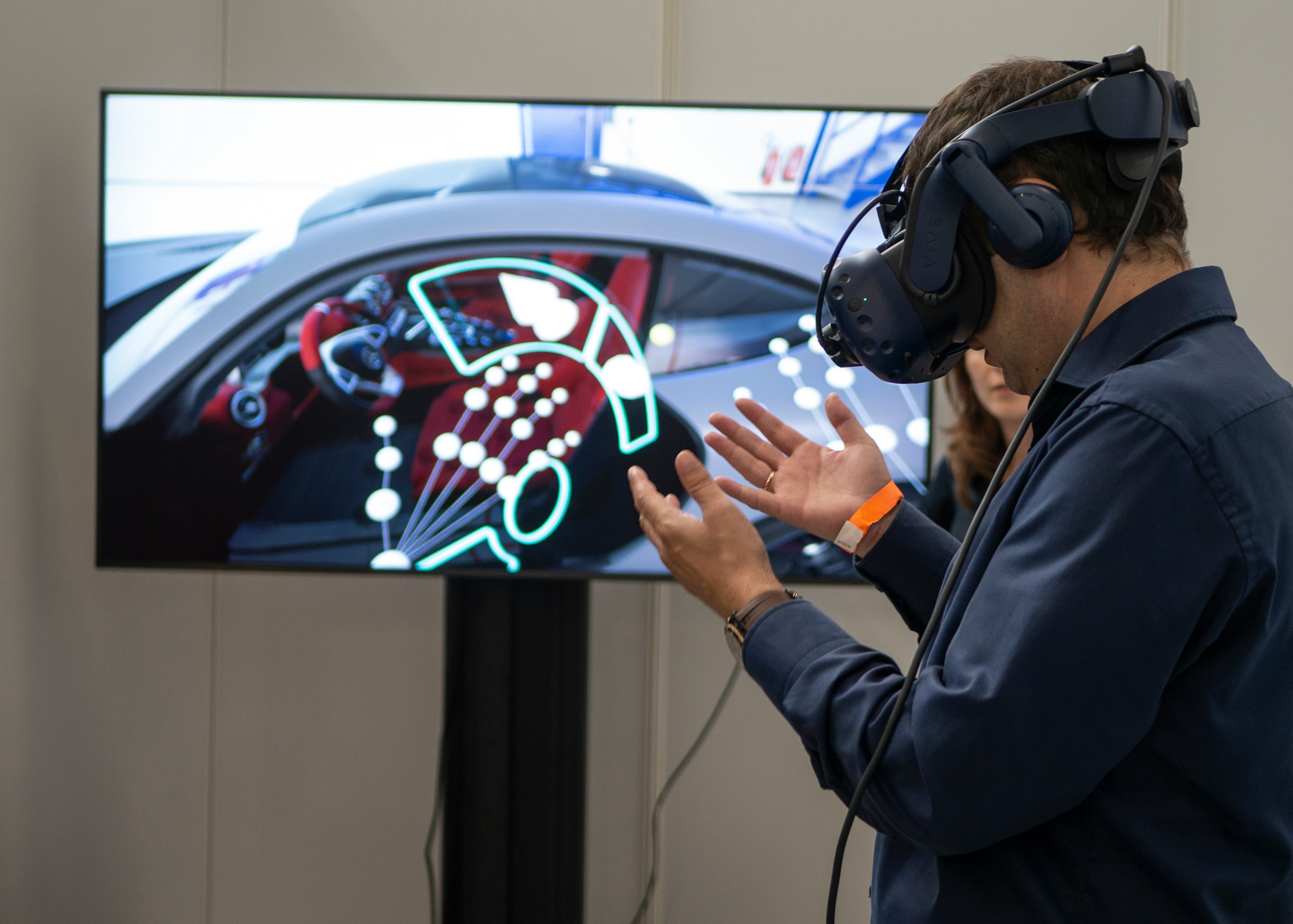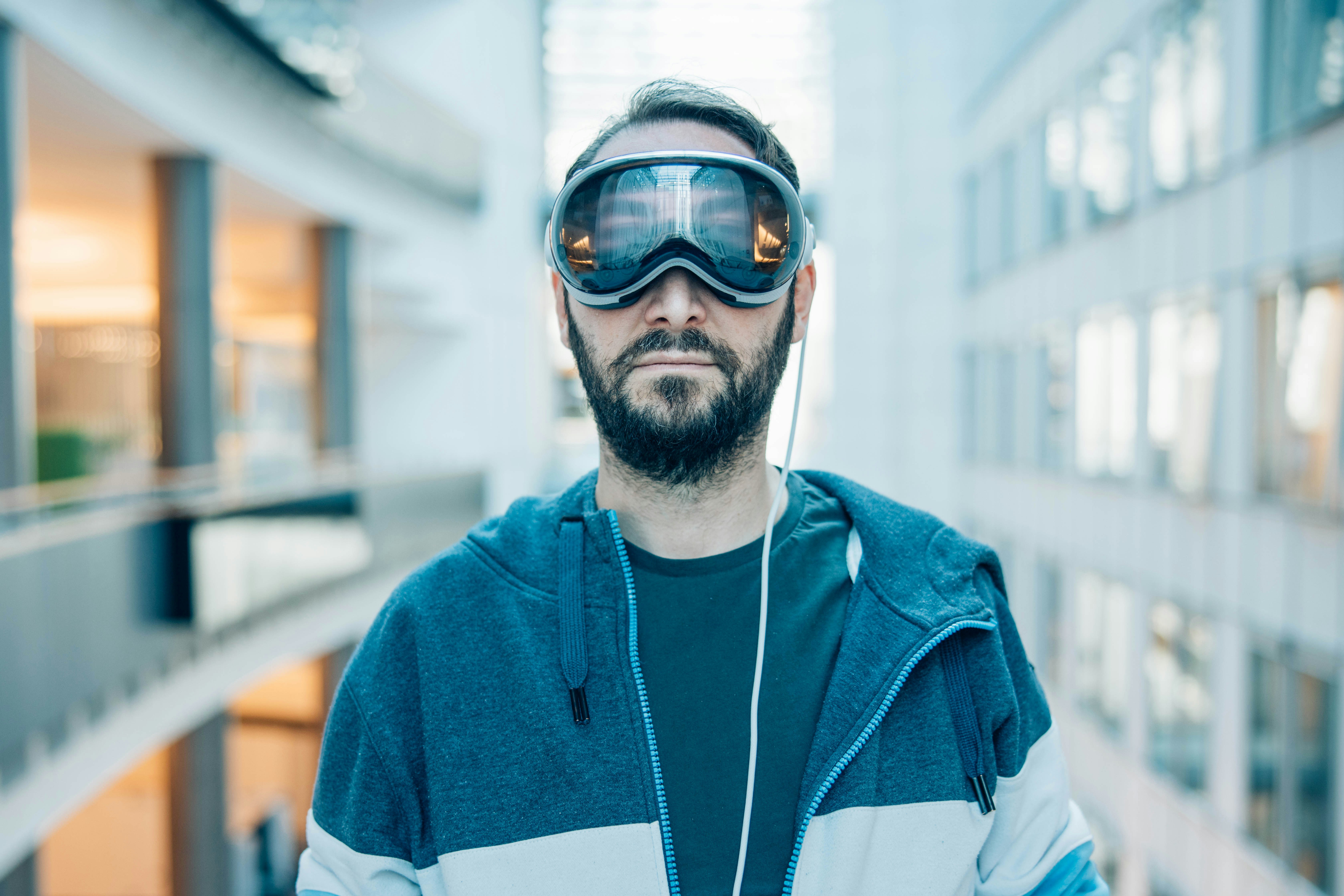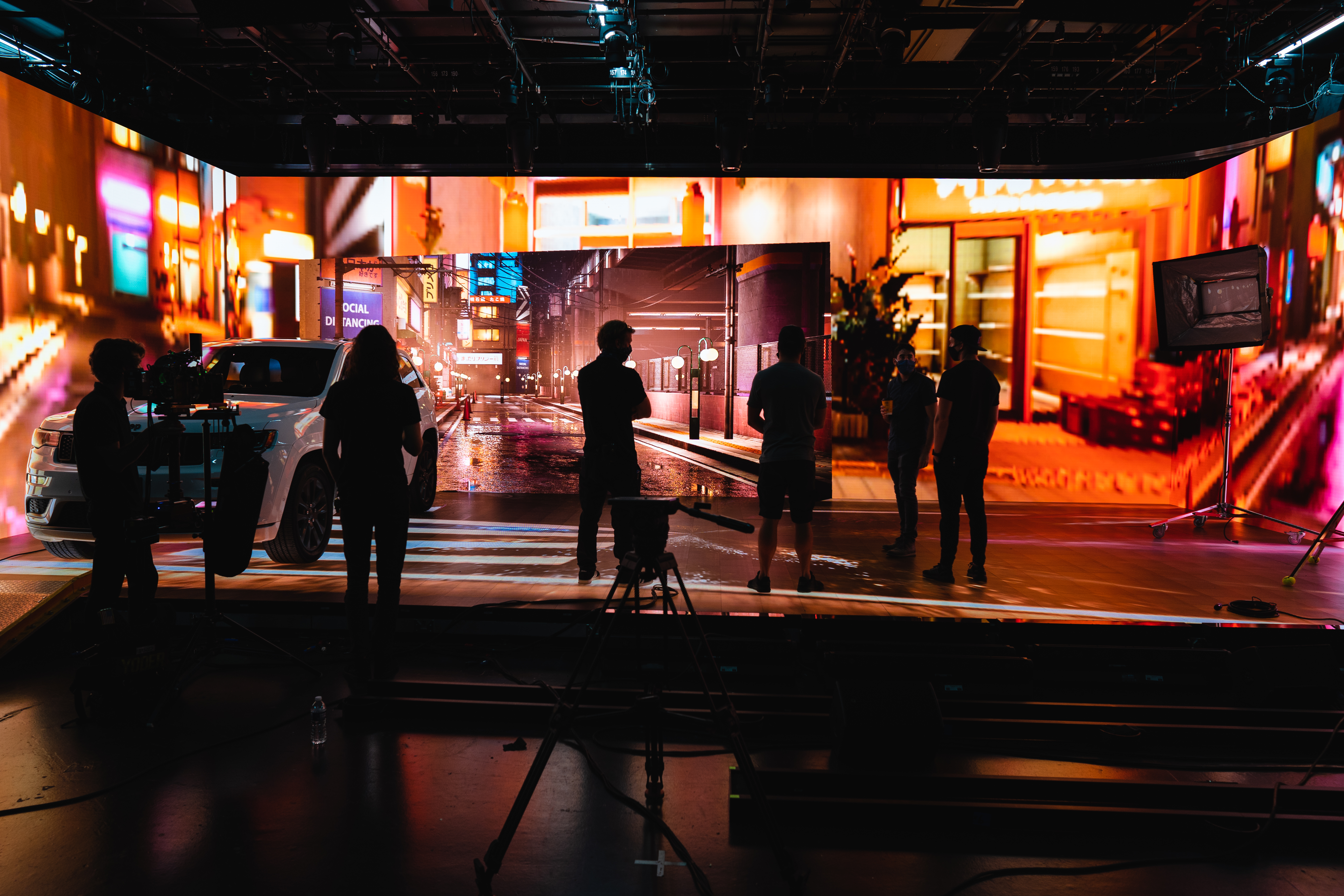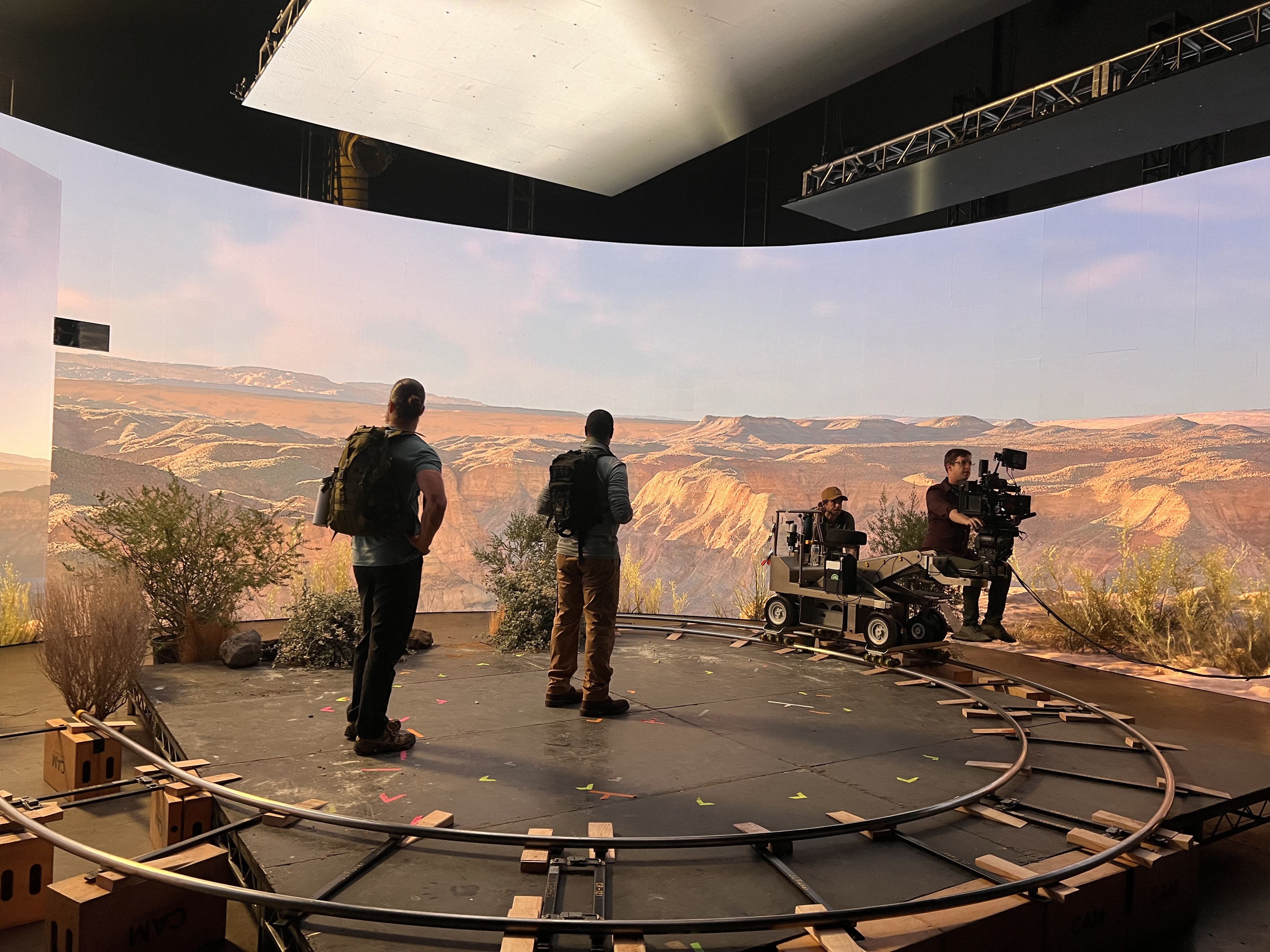Spatial Computing
Spatial computing takes immersive brand experiences to the next level by enabling brands to create fully immersive environments where the digital and physical worlds seamlessly interact. Unlike traditional AR, which overlays digital elements on a flat screen, spatial computing integrates these elements into a three-dimensional space, allowing users to engage with virtual content as if it were physically present. And unlike VR, participants are still able to see and interact with the physical environment. For brands, spatial computing opens up new possibilities for storytelling, customer engagement, and personalized experiences. As the technology is evolving and the hardware shifts towards more comfortable and discreet gear, it will make these technologies more practical and appealing for widespread use.
Bonus Tips
With so many options to take your customer experience to the next level, it’s hard to decide which one is right for your activation. Below are some tips to help you along the way, or you can contact our team and we can consult you on the best way forward.
When integrating immersive experiences into your strategy, make sure it aligns with your brand’s goals and message—enhancing your story rather than being a flashy add-on. Prioritize user experience by keeping things simple and accessible; clunky interfaces or long loading times will kill the vibe. The experience should add real value, offering something memorable, useful, or entertaining that deepens the connection with your audience. Encourage shareability to amplify your reach and generate buzz—nothing beats organic word-of-mouth. And don’t forget to measure and optimize; tracking engagement and gathering insights will help you fine-tune your approach, ensuring each activation is more impactful than the last.
Ready to get started? Get in touch with us.


